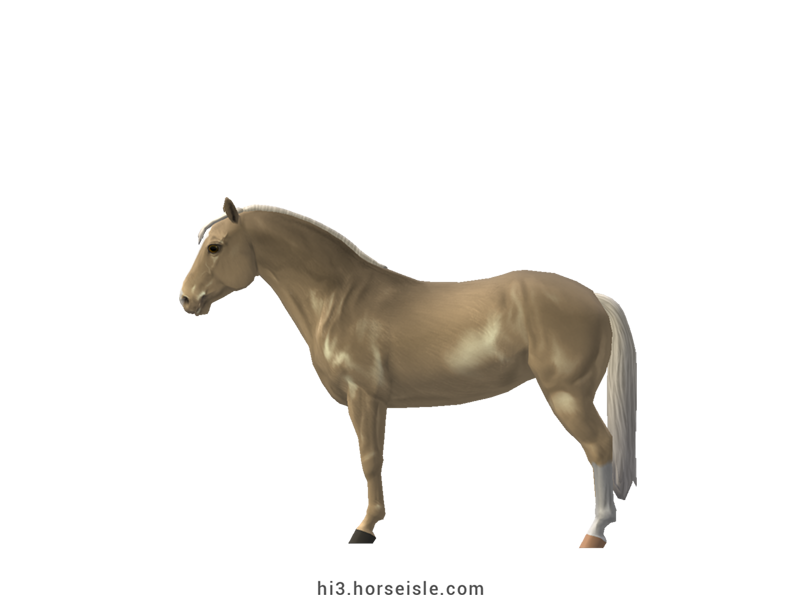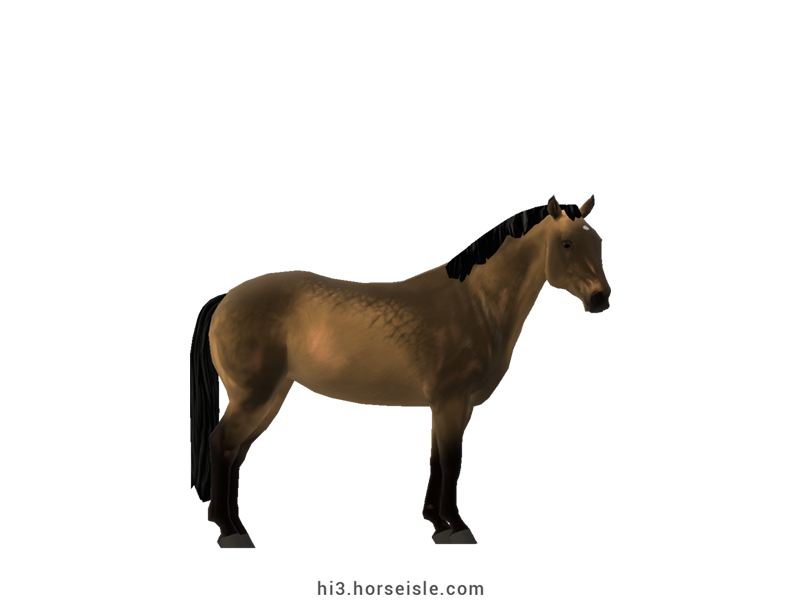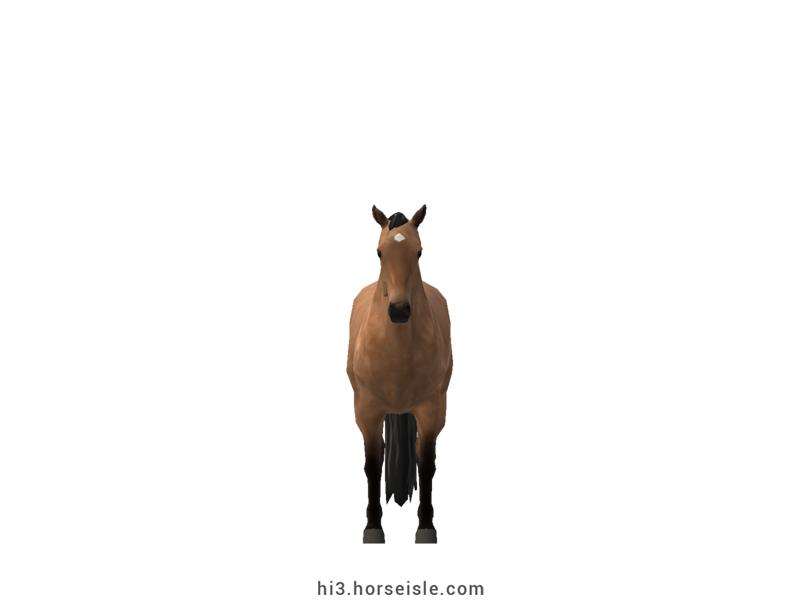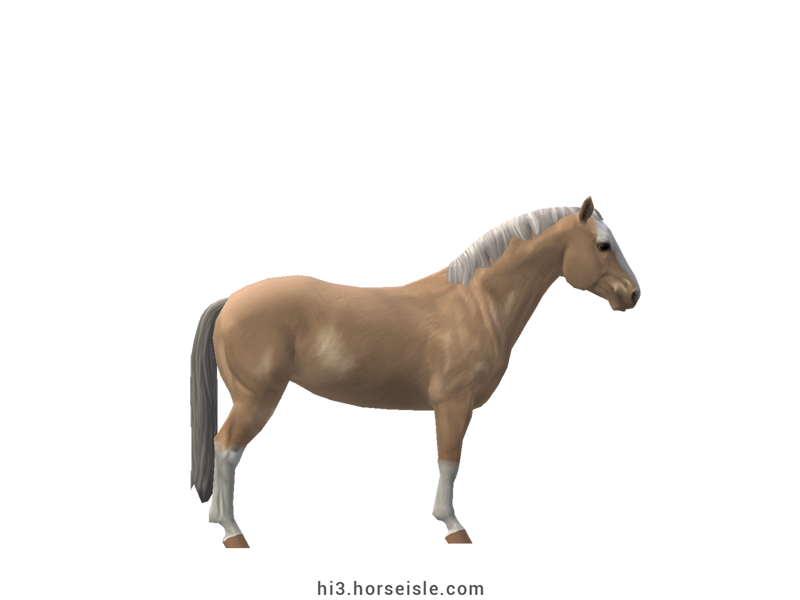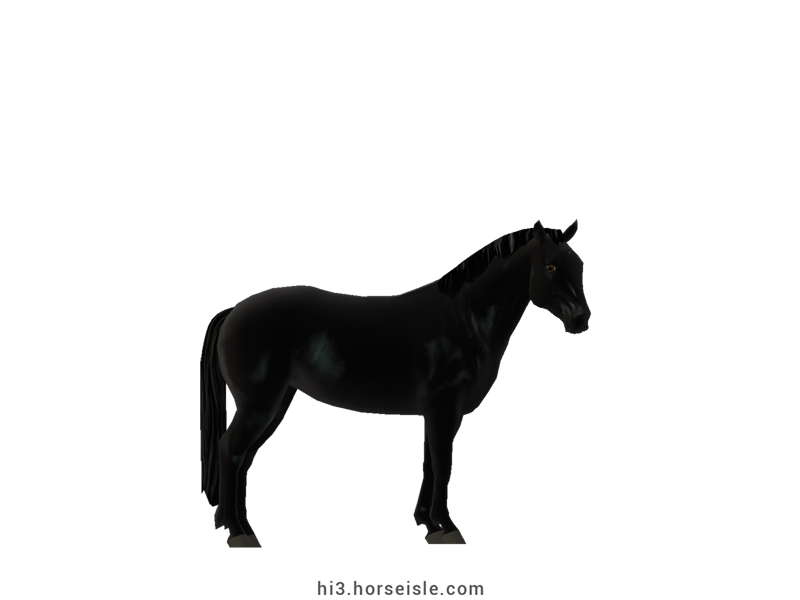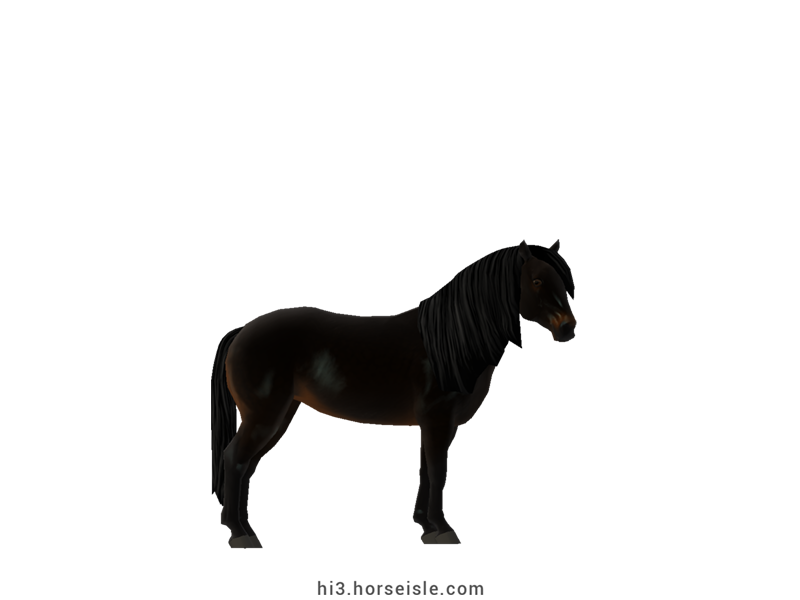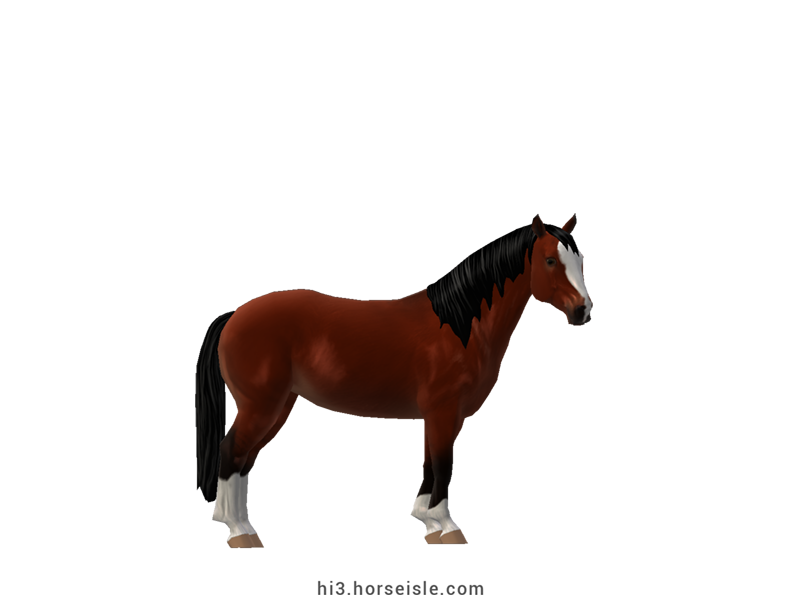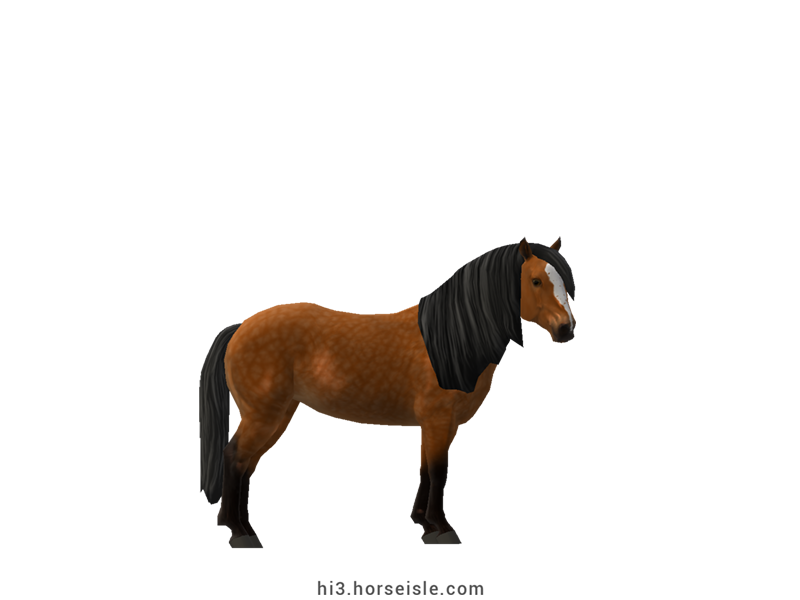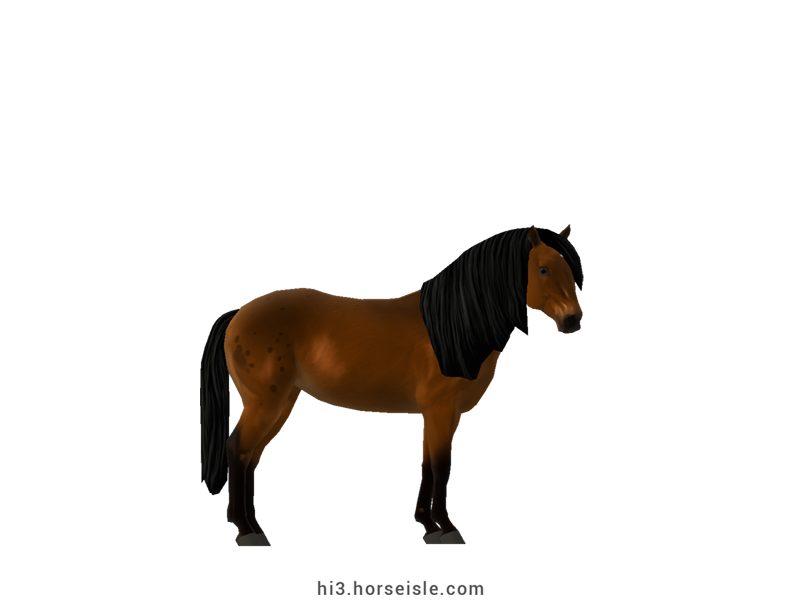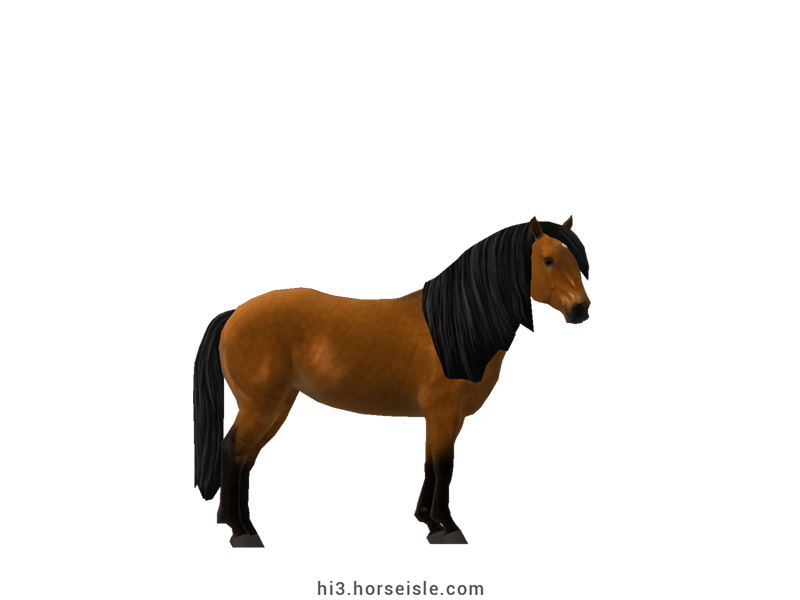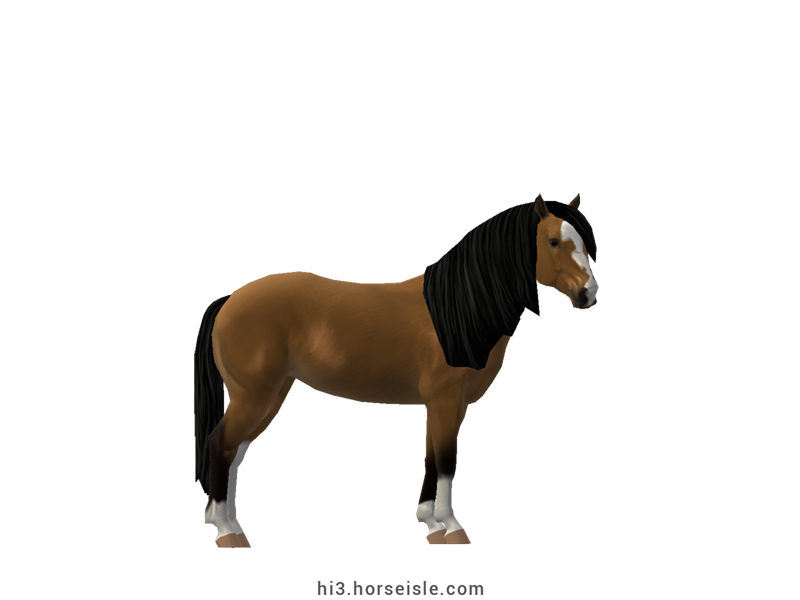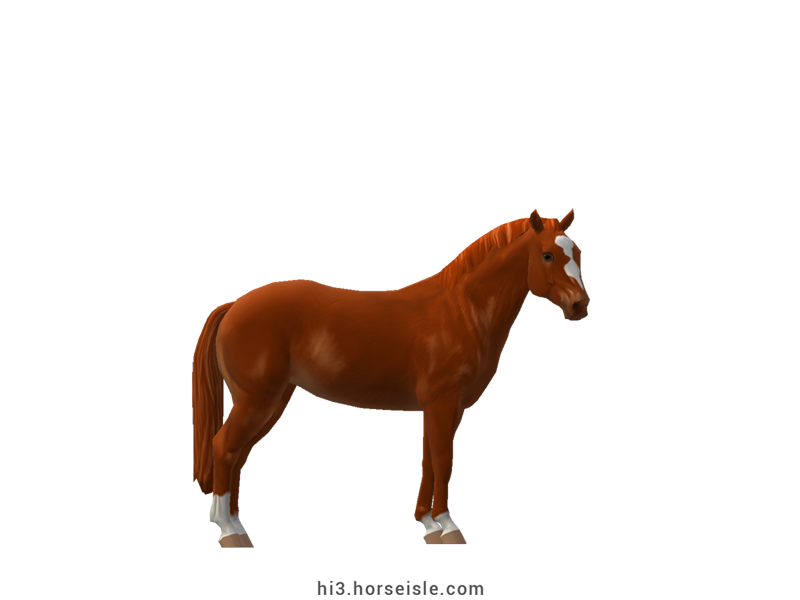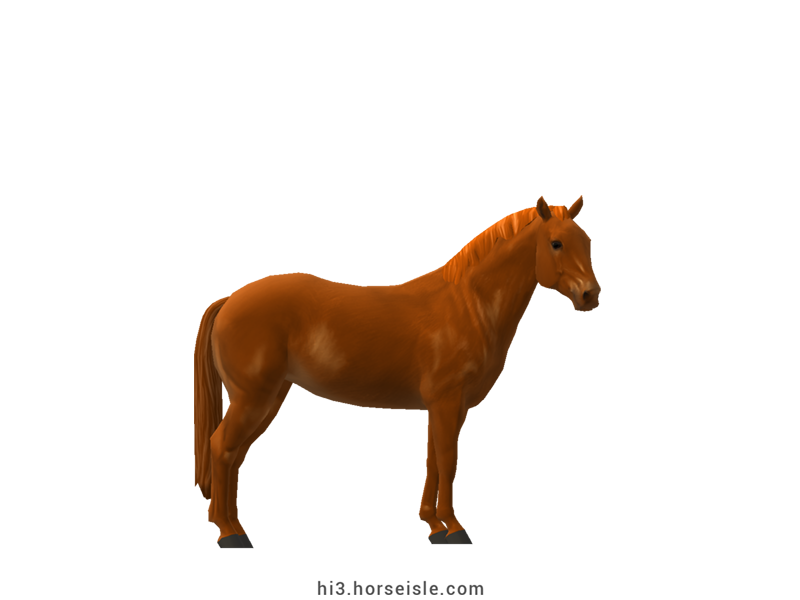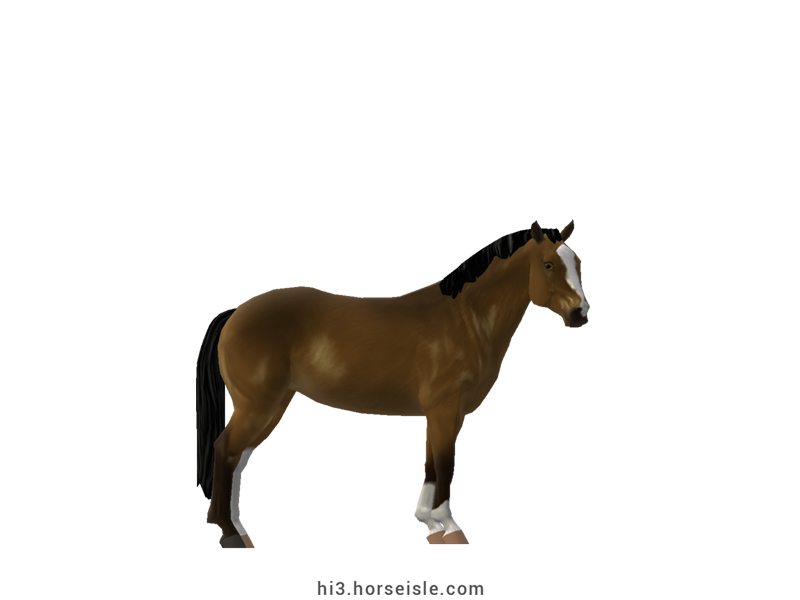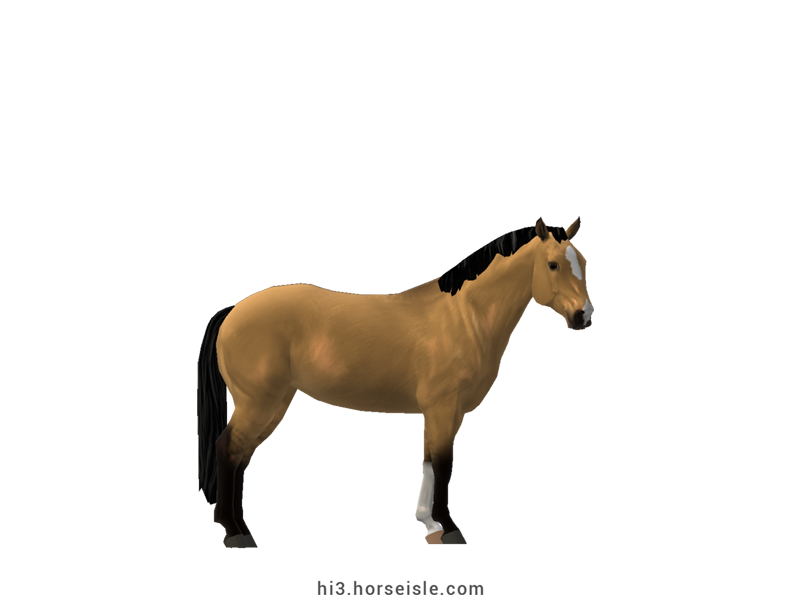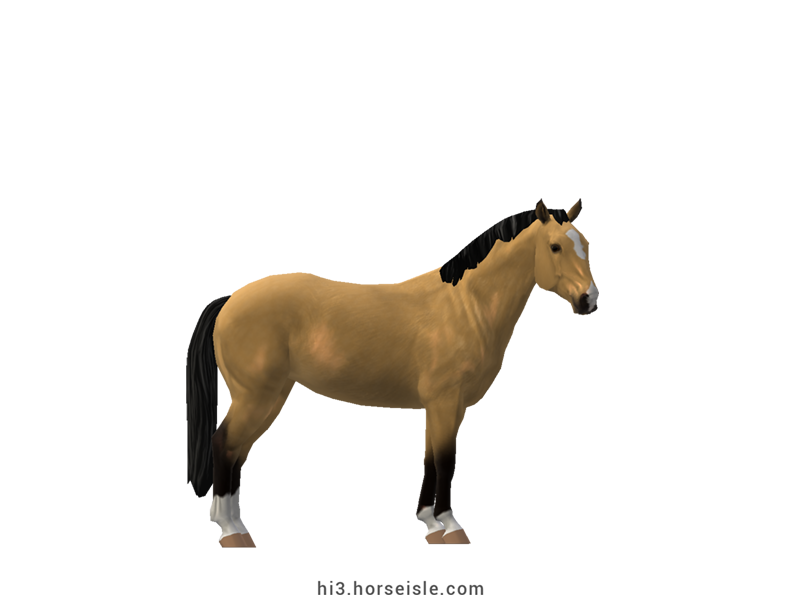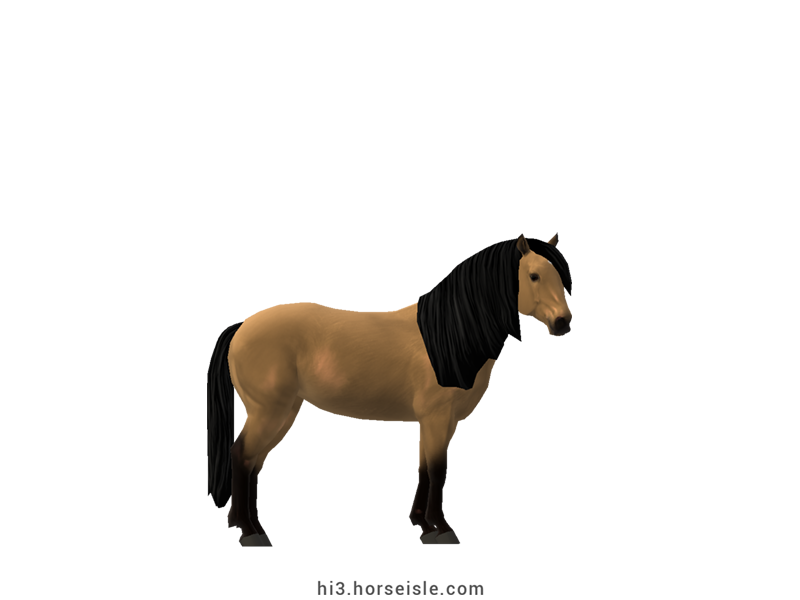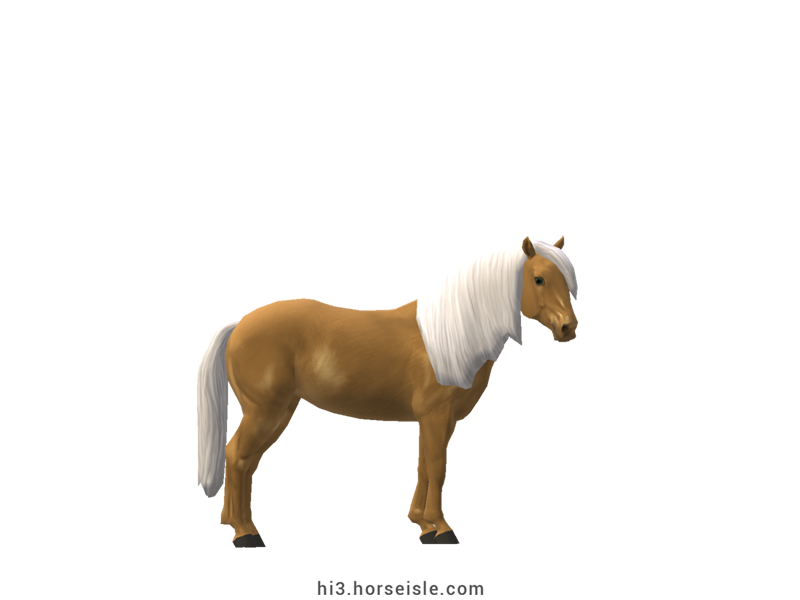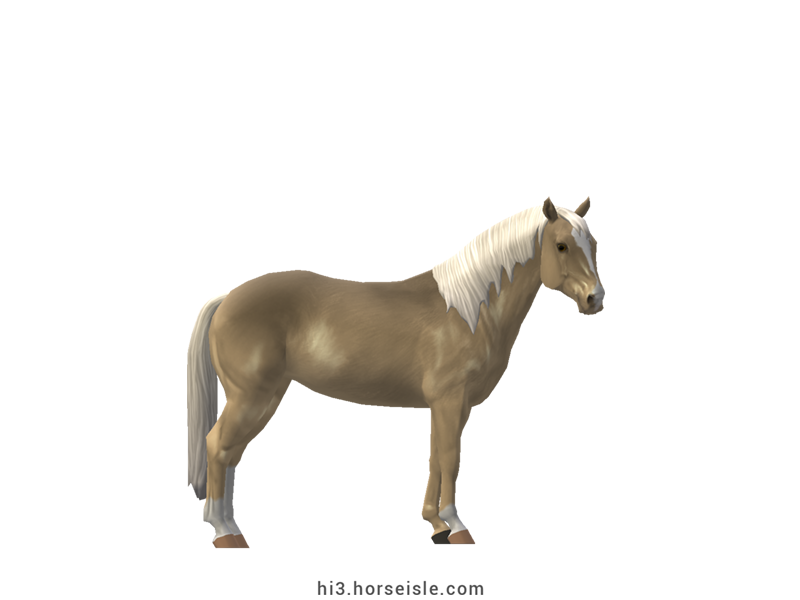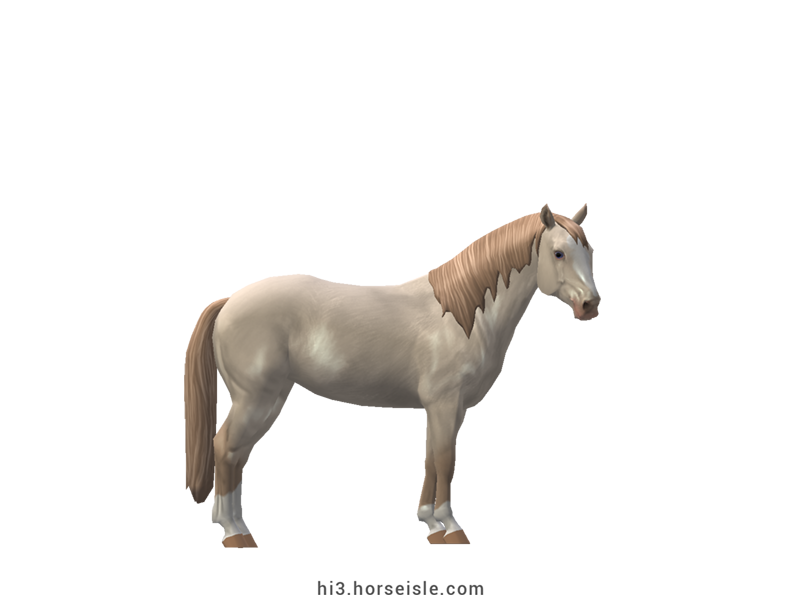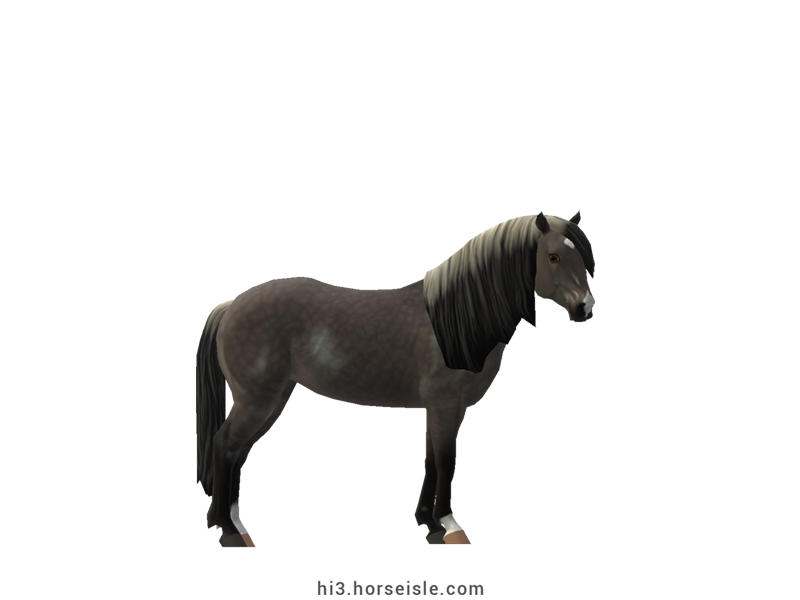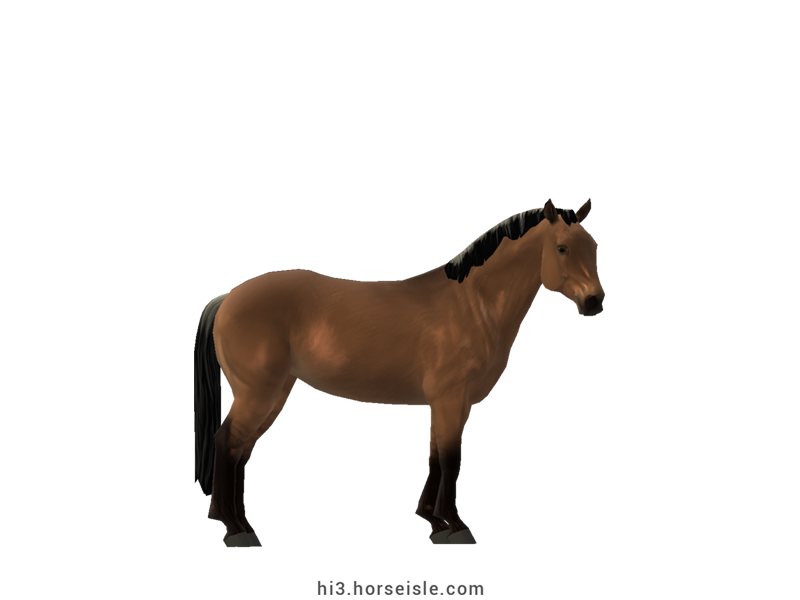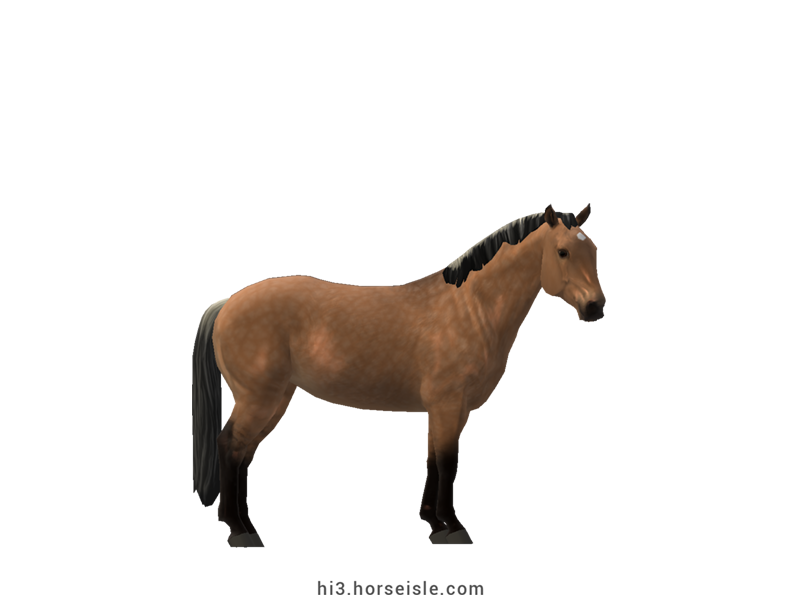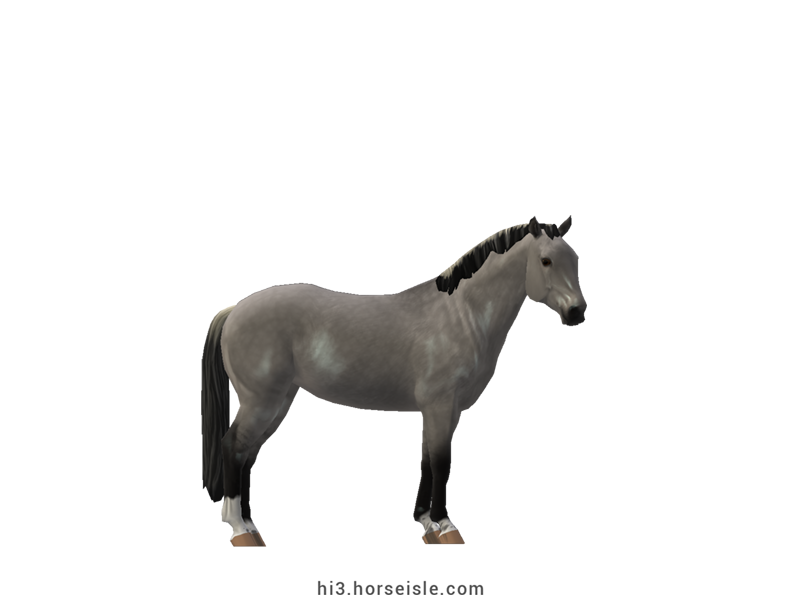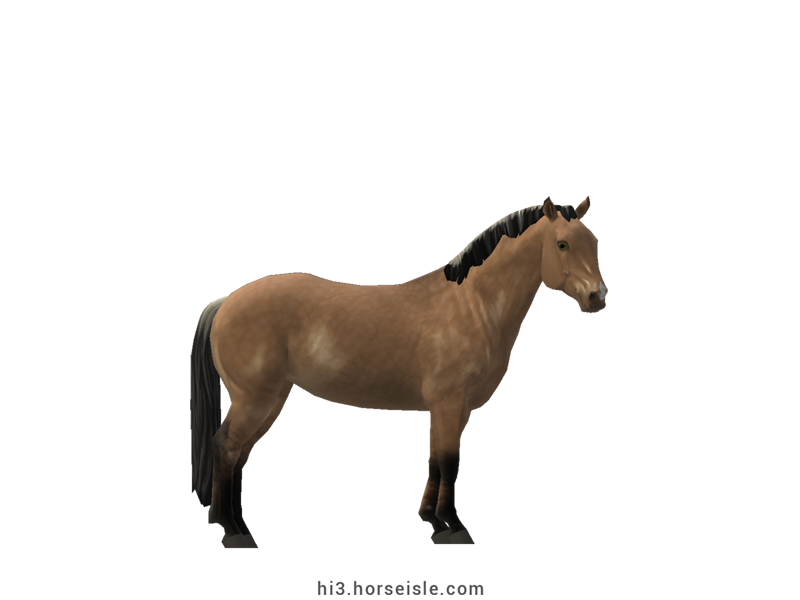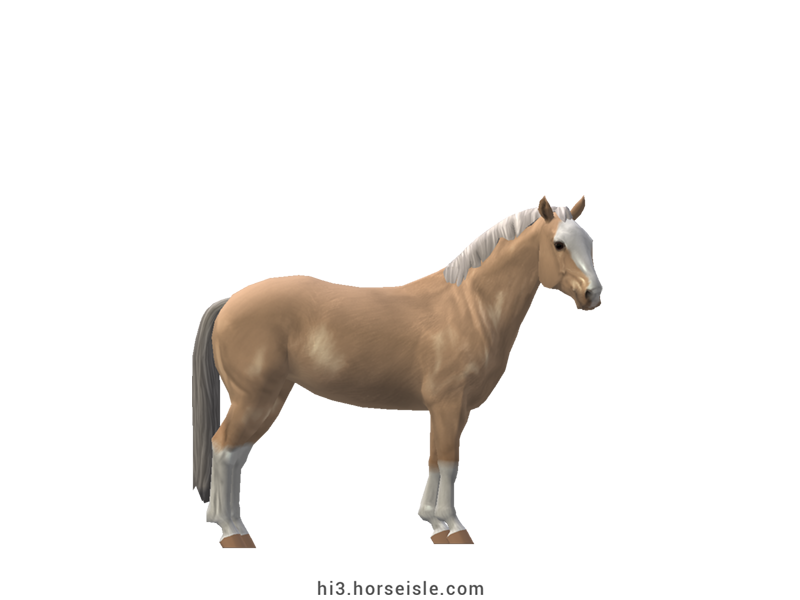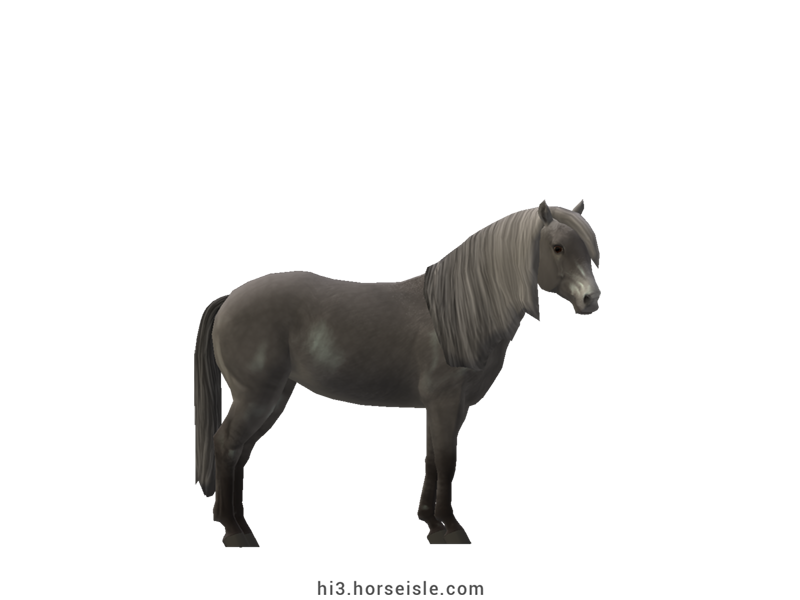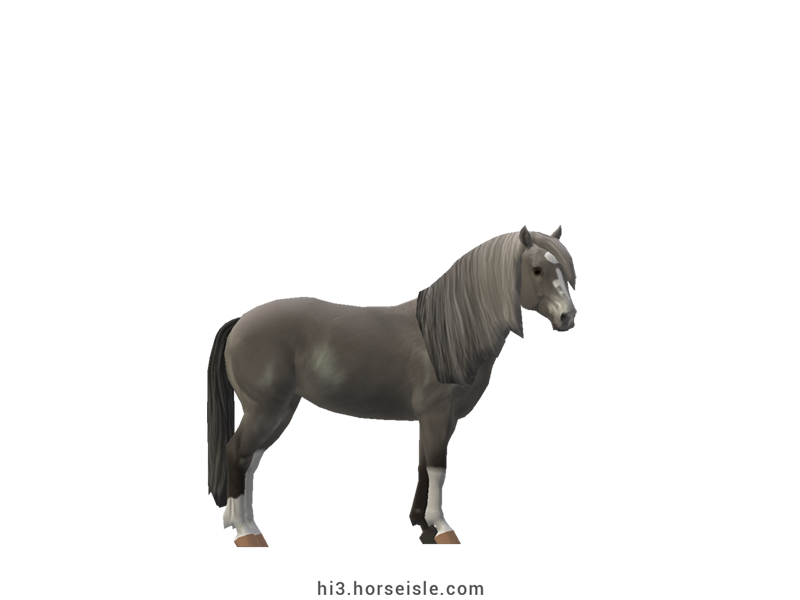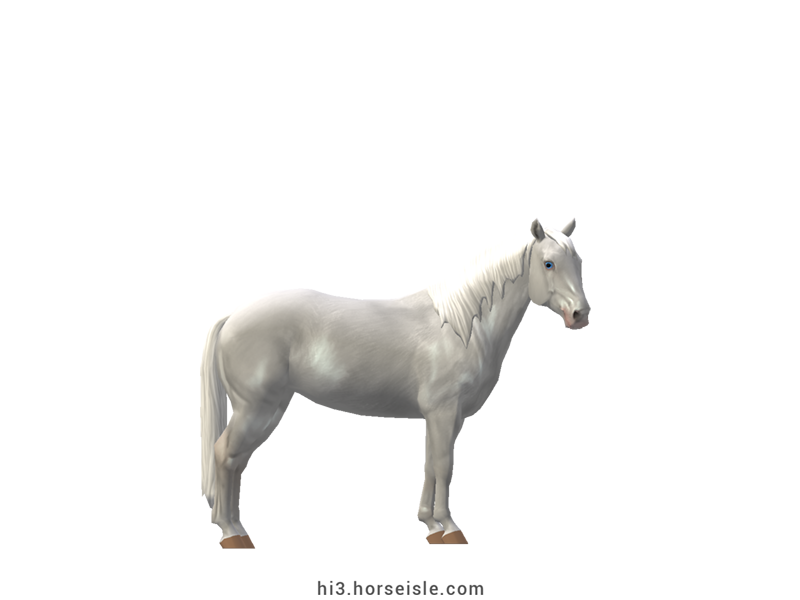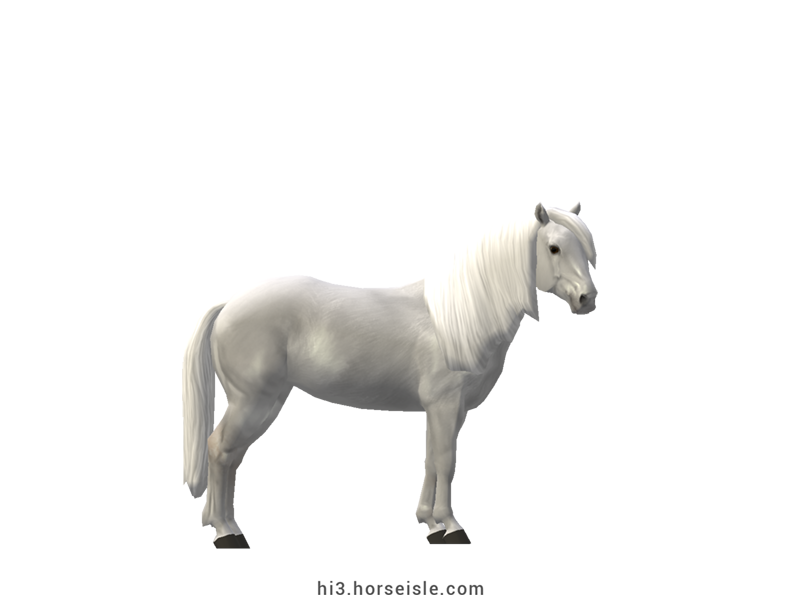Our Massive Real World Equine Reference!
[ INDEX ] Equine Type: Horse Breed: Connemara (Conn) [ PREV ] [ NEXT ]
Ireland's savage beauty:
Connemara region is located in West Ireland, on the western corner of County Galway. It borders the Atlantic Ocean, and although it is comprised mainly of peat bogs, it is still famous for being an Irish gem of breathtaking nature. "Savage Beauty" -- a term attributed to Oscar Wilde -- is a popular description.
It was to this wilderness that the ancestors of the Connemara pony were brought 2,500 years ago by the Celts.
The Anglo-Spanish War and the Invincible Armada myth:
Hundreds of years later, in the 16th century, Spanish horses had also arrived to Ireland and got mixed with the local ponies. The question is: how did they arrive?
According to one theory, the event happened in 1588, during the real first Anglo-Spanish war. The Spanish sent an armada, called the Invincible Armada, to cross the channel between the mainland and England and invade the latter.
However, the British and the sea had other plans. A series of battles and bad weather forced the Spaniards to circle east around the British Island all the way to its north. The unexpected trip had its toll on the armada, and when the ships arrived at the Atlantic west to Ireland, they faced a dangerous shortage of food and water.
In desperate need to restock, the armada approached the coastline of Connemara in hope of finding friendly help. It never made it to the shore. Bad weather and stormy waves sent the ships to the bottom of the sea.
A popular myth stipulates that the Spanish horses that were on these ships managed to escape the wrecks and swim ashore. They were captured and crossed with the local ponies, and that's how the Connemara breed was born.
Unfortunately, as romantic as this story is, it never happened.
The real origins of the Connemara:
Ireland and Spain weren't always at war, and we do know that there were trade links between the two countries. Up until the 18th century, horses from Spain, namely Andalusians and Arabians, were imported to Ireland where they were crossed with the local ponies.
Over the years, these crossbreds roamed wild in the cold and boggy hills of Connemara. They became strong, tough, well-minded, and cautious, always taking care not to slip when walking near the steep cliffs of the coastline.
Occasionally, local farmers would catch and tame some of the mares, and then use them as pack ponies. Selective breeding of the strongest and most capable mares preserved these qualities in the Connemara breed.
The disastrous century:
The idyllic breeding came to an end during the 19th century, when the Great Famine and political turmoils wreaked havoc in Ireland. Conserving the purity of the Connemara and breeding for its finest qualities were a thing of the past, while Irish farmers toiled through the disastrous century.
At the turn of the 20th century, the Connemara was in a sorry state, with many of its members lacking the stamina, bone, and hardiness that their ancestors used to have. The Irish pony might have still existed, but its qualities were long gone.
Regaining its former qualities:
The Connemara was subsequently saved in 1923, when the Connemara Pony Breeders Society was established and began to monitor the breeding of Connemara ponies. Its aim was, and still is, to conserve the qualities of the breed while also maintaining its purity by prohibiting crossbreeding with other breeds.
The Connemara today:
Today, the Connemara is extremely popular in England and Ireland, where it is known for its bravery, common sense, and prodigious jumping ability. It is used primarily for English disciplines, such as dressage and eventing, but its specialty is by far show-jumping where it excels the most.
Exceptional jumping ability is not the only thing that makes the Connemara unique. Its height can reach a whopping 15hh, which makes the Connemara both the largest pony breed in the world and a capable mount for adults.
Conformation:
Connemaras are famous for their sturdy, deep, compact conformation that resembles that of a heavy (but non-draft) pony.
The head is broad and of medium length, has a straight or slightly-concave profile, and has a very deep jaw. The neck is thick and has a rounded topline, with many Connemaras presenting prominent crests (although not droopy ones).
The withers are low and connect to a short back. The croup is muscular and moderately sloped but, thanks to equally muscular thighs, it looks largely rounded. Overall, the body is broad and muscular, and the girth is extremely deep. The legs are short and with broad joints.
The mane grows anywhere from short to long in length, but the tail always grows long. The legs can be clear from feathering or have light feathering on the fetlocks and cannons.
Performance metrics:
The following are the: range, average, (SD), and MOE of performance metrics of ordered Connemaras in Horse Isle (not bred ones). In rare cases,
Speed: 14.3-15.8, 15.0 (0.4), 0.08 .
Sprint: 45-60, 54 (3), 0.61.
Accel: 0.96-1.11, 1.03 (0.03), 0.01.
Decel: 0.96-1.14, 1.05 (0.03), 0.01.
Jump: 5.18-5.49, 5.32 (0.06), 0.01.
Pull: 1.68-2.40, 2.07 (0.17), 0.03.
Turning: 52.86-65.60, 58.65 (2.93), 0.57.
Reverse: 2.8-3.4, 3.1 (0.1), 0.02.
Stamina: 48.93-54.78, 52.04 (1.35), 0.26.
Reaction: 0.60-0.74, 0.67 (0.03), 0.01.
Coats & Height:
Colors: the most common color by far is grey, followed by buckskin. The colors of bay, black, brown, chestnut, dun, and cream-dilutes are found as well.
Additionals: flaxen, linebacked, rabicano, roan, sooty, dark mane & tail, grey mane & tail. The coat is always solid.
Height: usually 12.2hh to 14.2hh, though individuals as tall as 15hh can be found.
[ INDEX ] [ PREV ] [ NEXT ]

